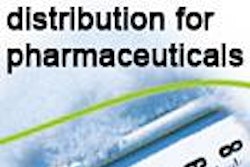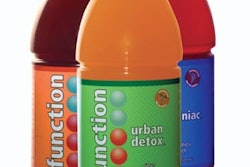RFID and UHF: A Prescription for RFID Success in the Pharmaceutical Industry, was produced by a joint effort of ADT/Tyco Fire & Security, Alien Technology, Impinj, Intel, Symbol, and Xterprise.
Posted this summer, the 32-page piece is both an overview and an update. It gives UHF users and proponents encouragement by relaying the latest findings and dispelling myths along the way.
And while the subject matter is pharmaceutical, much of what's presented is useful to any application. It “examines the myths associated with UHF for item-level RFID applications—and the physics and real-world tests and implementations that disprove them...” It states that UHF Gen 2 near-field RFID:
• Can and does work on and in liquids
• Not only works on metal, but is able to effectively utilize the metal for improved performance
• Is easily constrained to the controlled read ranges necessary in item-level applications
• Enables the smallest of tags for the smallest of items, with complete form-factor flexibility
• Can offer the same level of security as HF systems
• Tags can be read in close proximity—even when they touch
• Is effectively impervious to noise
• Provides read rates up to 500% higher than HF
• Does not present any increased safety risks associated with altering the chemical makeup of medicines.
For example, in the section on liquids and metals, it states that “the magnetic waves of near-field UHF are not subject to RF absorption. In actuality, in the magnetic near-field, UHF Gen 2 tags work, not only on containers filled with liquids, but also in containers filled with liquids.” It points to real-world demonstrations including UHF tags working on Gatorade bottles; 100% read rate for boxes of 10 pouches, each containing liquid vials; and a 100% read rate for UHF item level tagged liquid vials inside a case, at a range of up to 2'.
The paper also addresses myths about metal, read range, tag size, tag proximity, noisy RF environments, and others.
The paper's conclusion is anticlimactic: “For many reasons, UHF is the right choice for enterprise-level RFID applications. While UHF can effectively offer the same performance as HF, the converse is not true. While it is true that HF is a very mature technology, older does not always mean better.”
It's a technical piece that's clear and readable. Although the information itself makes or breaks the value of a white paper, the presentation's layout includes pleasing graphics and charts.
It's recommended reading for anyone wanting to stay on top of the latest findings on RFID in general and UHF in particular.
If you can't find the paper in an Internet search, send me an e-mail at [email protected] with “UHF RFID” on the subject line and I'll send you the link.























